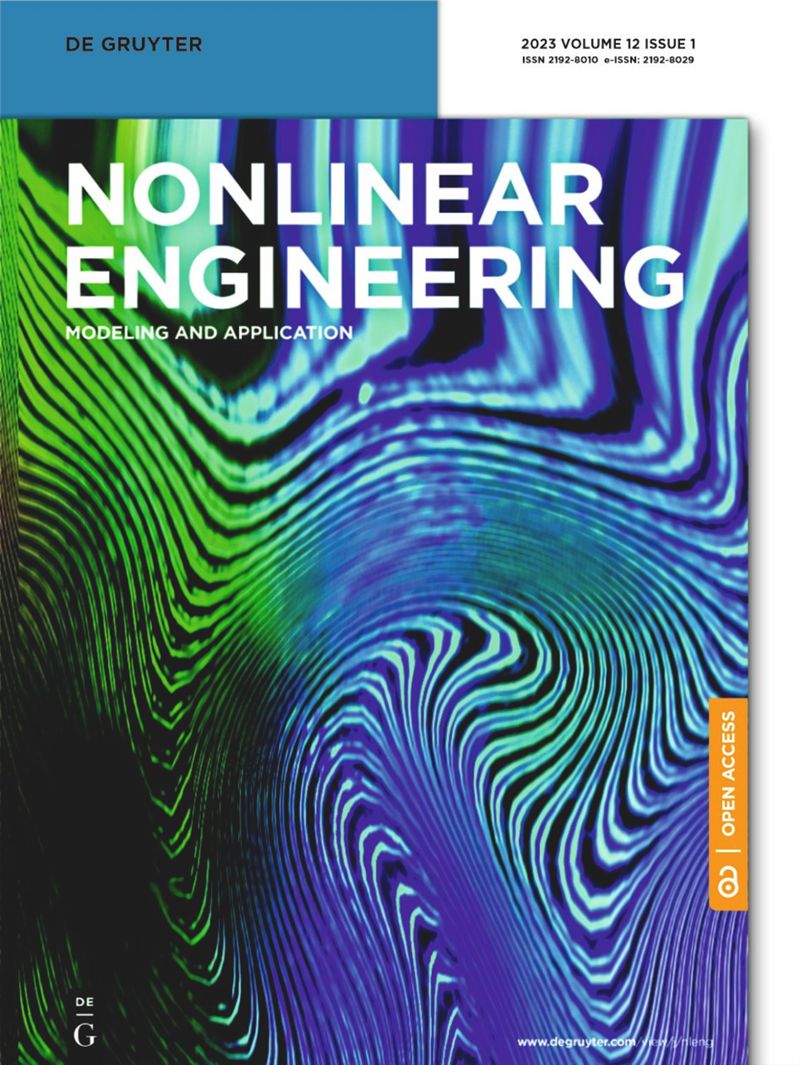Real-time control of laboratory information system based on nonlinear programming
IF 1.5
Q2 ENGINEERING, MECHANICAL
引用次数: 0
Abstract
Abstract In order to study the real-time control research of laboratory information system based on nonlinear programming, by analyzing the role played by the laboratory information management system (LIMS) in quality management, and the relationship with quality control, put forward the functions that LIMS should set up and possess in the management of controlled documents, processing of inspection data, etc., an accurate and reliable method to ensure the test results. It has been verified that the system can meet the performance requirements of 350 virtual concurrent users, its memory usage and CPU usage are within acceptable limits, the response time of important operations of each module of the system is within 3 s. The average memory consumption obtained from the test is 2.02 GB, and the average utilization rate of CPU is 66%. The two indicators basically meet the performance requirements of the system. The system can meet the performance requirements of the number of virtual concurrent users 350, both its memory occupancy and CPU utilization rate are in the acceptable range. It not only improves the accuracy of the sample processing results, but also reduces the labor intensity of the technicians, so that the laboratory expands the analysis function from the simple reporting function.基于非线性规划的实验室信息系统实时控制
摘要为了研究基于非线性规划的实验室信息系统的实时控制研究,通过分析实验室信息管理系统(LIMS)在质量管理中的作用,以及与质量控制的关系,提出LIMS在受控文件管理、检验数据处理等方面应具备的功能,为保证检测结果提供准确可靠的方法。经验证,该系统可以满足350个虚拟并发用户的性能要求,其内存占用率和CPU占用率都在可接受的范围内,系统各模块重要操作的响应时间在3s以内。测试得到的平均内存消耗为2.02 GB,平均CPU利用率为66%。这两个指标基本满足系统的性能要求。系统可以满足350个虚拟并发用户数的性能要求,内存占用率和CPU利用率均在可接受范围内。不仅提高了样品处理结果的准确性,而且减轻了技术人员的劳动强度,使实验室从简单的报告功能扩展了分析功能。
本文章由计算机程序翻译,如有差异,请以英文原文为准。
求助全文
约1分钟内获得全文
求助全文
来源期刊
CiteScore
6.20
自引率
3.60%
发文量
49
审稿时长
44 weeks
期刊介绍:
The Journal of Nonlinear Engineering aims to be a platform for sharing original research results in theoretical, experimental, practical, and applied nonlinear phenomena within engineering. It serves as a forum to exchange ideas and applications of nonlinear problems across various engineering disciplines. Articles are considered for publication if they explore nonlinearities in engineering systems, offering realistic mathematical modeling, utilizing nonlinearity for new designs, stabilizing systems, understanding system behavior through nonlinearity, optimizing systems based on nonlinear interactions, and developing algorithms to harness and leverage nonlinear elements.

 求助内容:
求助内容: 应助结果提醒方式:
应助结果提醒方式:


